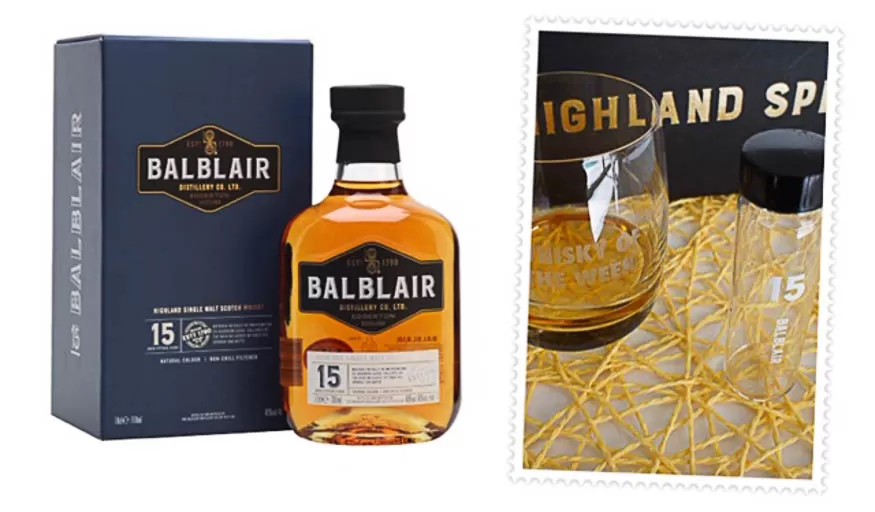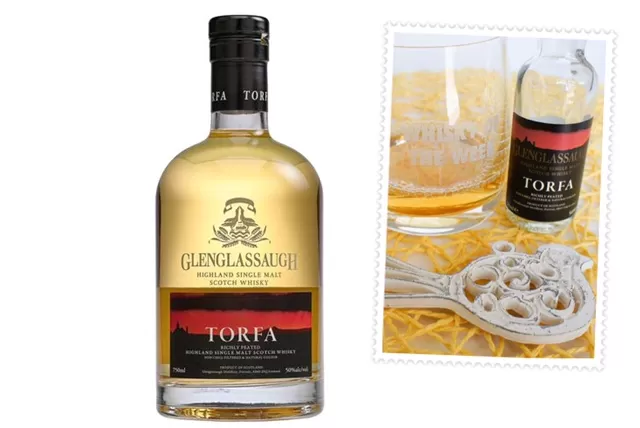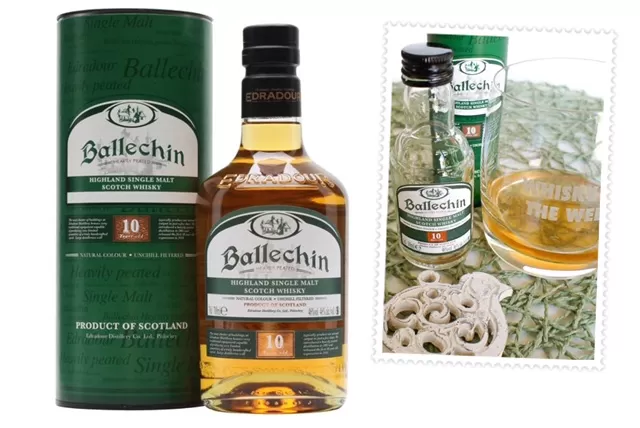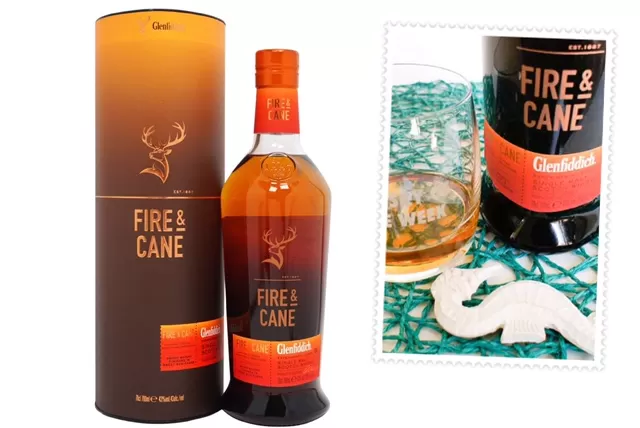Balblair 15 year old Single malt Whisky
 Today I look at the Balblair 15 year old single malt Scotch whisky. It is time to look at the second sample that I received from Balblair when they launched their new age statement releases.
Today I look at the Balblair 15 year old single malt Scotch whisky. It is time to look at the second sample that I received from Balblair when they launched their new age statement releases.
Whisky of the Week review and tasting notes for whisky, bourbon and whiskey from all around the world. Single malts, blends, blended malts, rye and grain whiskey tasted and reviewed.
 Today I look at the Balblair 15 year old single malt Scotch whisky. It is time to look at the second sample that I received from Balblair when they launched their new age statement releases.
Today I look at the Balblair 15 year old single malt Scotch whisky. It is time to look at the second sample that I received from Balblair when they launched their new age statement releases.

It is no secret that I love the whisky that comes out of the James Sedgwick distillery. The
Three Ships single cask and limited editions sell out quickly. The Master’s Collection usually disappears within hours. When Pick n Pay brought out the Three Ships Virgin Oak Cask single malt whisky, I immediately picked up a bottle.

My third blog post on the Glenglassaugh distillery from the Scottish Highlands. For some reason, I have not liked any whisky from this distillery. Both the Glenglassaugh Revival and the Evolution release I rated as Good. Today I try to finish the last of my mini bottle from this Highland distillery, and it is time for the Glenglassaugh Torfa single malt Scotch whisky.

Today it is time for a peaty Highland release; the Ballechin 10 year old single malt Scotch whisky. The Edradour distillery was officially established in 1825 in the Perthshire region. The name in Gaelic is Eadar Dhà Dhobhar, which translates to “between two rivers”.

Time to move back down to the Scottish Lowlands this week. The Lowlands has three well-known malt distilleries, namely Auchentoshan, Bladnoch and Glenkinchie. Today I investigate Glenkinchie and especially the Glenkinchie 12 year old single malt Scotch whisky.

Today I look at the 4th release in the Glenfiddich Experimental Series, the Glenfiddich Fire and Cane single malt Scotch whisky. This whisky follows the very successful Glenfiddich IPA Cask, the Glenfiddich Project XX and the Glenfiddich 21 year old Winter Storm Experimental series whisky released by Glenfiddich over the last couple of years.